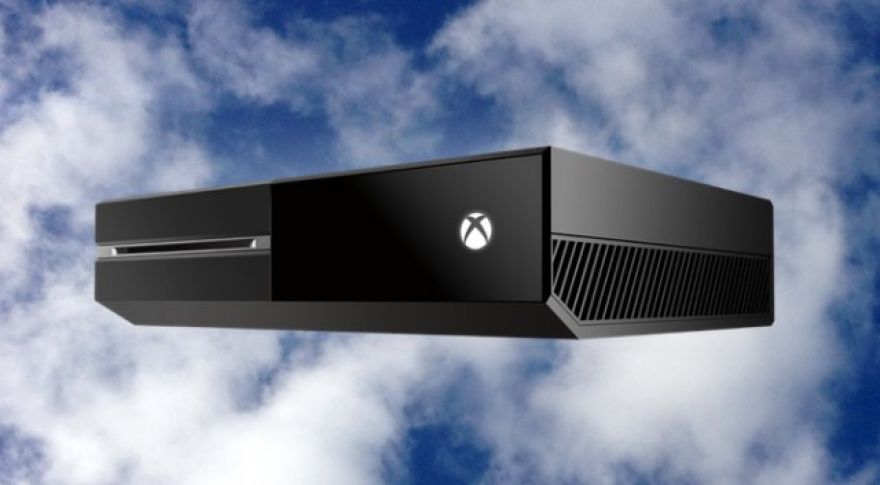
Microsoft’s new rendering research could bring better visuals to Xbox One, mobile devices
Share This article
During Microsoft’s initial Xbox One reveal and subsequent E3 demonstrations, it mentioned a capability that we haven’t heard much about since. According to the company, the could theoretically be paired with offsite cloud rendering platforms at some point in the future to deliver a superior game experience to anything the console could handle on its own. Since then, Redmond has been silent on what form the technology might take or if we’d ever see a version of it in the wild — until now. A new paper, published in collaboration with Duke University and the University
Kahawai: Beyond streaming
The Kahawai render platform was actually designed for mobile GPUs, but the principles behind the approach would apply to any joint rendering system between a client and remote platform. The streaming platforms currently in use (, the , ) render a game remotely and send that output via broadband to the target device. The problem with this approach is that it requires a fast Internet connection for peak quality. The problem only gets worse in the long term if bandwidth upgrades don’t match resolution improvements. 4K gaming on consoles may be a pipe dream today, but it could happen in 5-6 years — but not via streaming, unless Internet connections accelerate dramatically. The other problem with streaming play is that offline play is, by necessity, unavailable.
The Kahawai system is designed to address both of these problems and it can tackle them in two different ways. In the first version, instead of relying entirely on streaming, it tasks the mobile GPU with rendering a lower-end version of the game engine while the server concurrently renders a high-definition version of the same frame. The difference between the two outputs is compared and the server sends only the delta frames — meaning, the frame data that shows the difference.
In the second type of rendering, the local device (a mobile GPU in this case) renders high-quality frames, but relatively few frames per second. The server renders the missing frames and then sends them along for integration into the game engine. If this seems confusing, here’s an analogy:
lives!
I’ve borrowed this image from the open-world Zelda game Nintendo is working on, because it incorporates multiple areas of varying detail. If this scene were rendered using the delta frame rendering method, the Wii U’s local GPU would be working on the areas of relatively low detail seen in the distance, while the server would be rendering the high-detail grass we see in the foreground. In the second rendering method, the Wii U might be rendering frames 1-4, while the server is rendering frames 5-20. Because most of the graphics workload remains on the server, the mobile GPU can run a much more detailed game than might otherwise be possible.
the total network bandwidth requirements of these methods are about one-sixth what conventional streaming requires, though low-latency remains critical.
So how does it look and play?
Kahawai doesn’t require an online connection to play the game (at least, not intrinsically), but visual quality drops significantly if one isn’t present. The screenshots below illustrate the difference between low and high quality.
One of the requirements for the system is that there has to be a way for the game engine to set “Low” vs. “High” quality settings — if the right options aren’t available, the system can’t work properly. The research team notes that they were able to modify both the idTech 4 engine (used in Doom 3), for which source code was available, as well as building hooks into the Street Fighter IV engine to test that title.
User tests were quite positive. When the system was deployed over low-latency, high-bandwidth connections, users reported being almost as satisfied with the game experience as when playing over a conventional “thick” client. Obviously there are some caveats, given that high bandwidth, low-latency connections can be erratic, but Kahawai looks as though it has promise.
While this is strictly a research paper, this kind of system could work long term and be a better fit for consoles than simple game streaming. Not only does the hybrid system use less bandwidth, it would give Sony and Microsoft both a way to continue building differentiated systems that combine higher-power client hardware with powerful server backends.